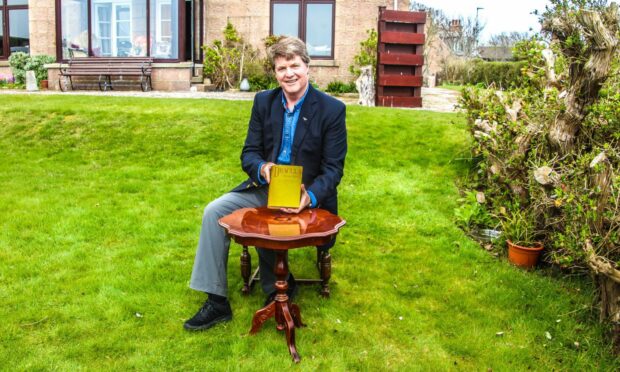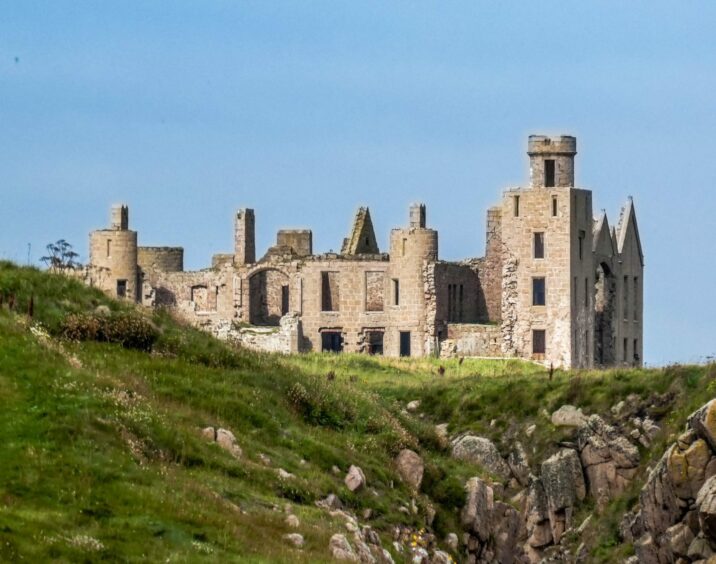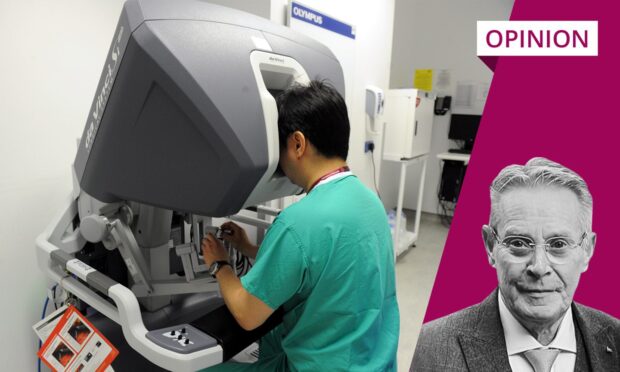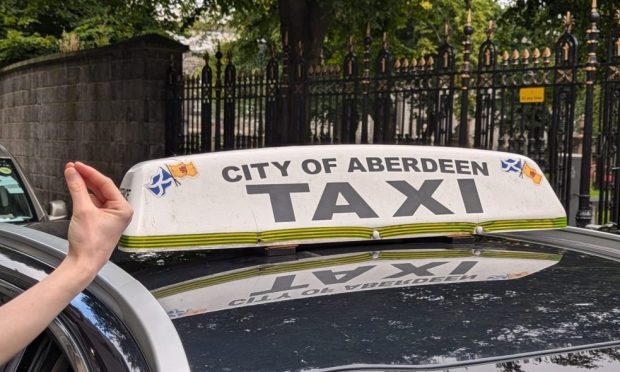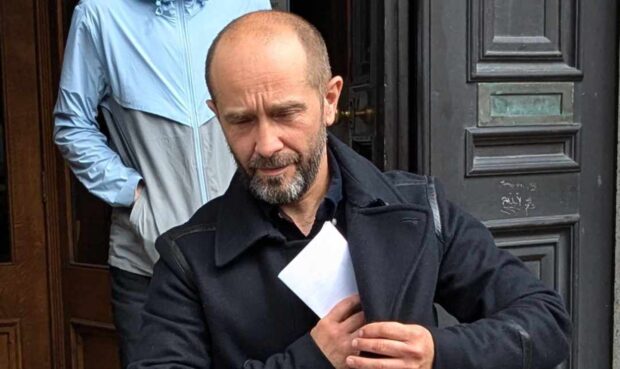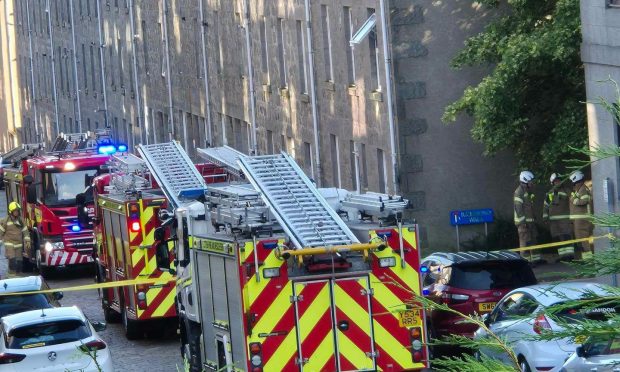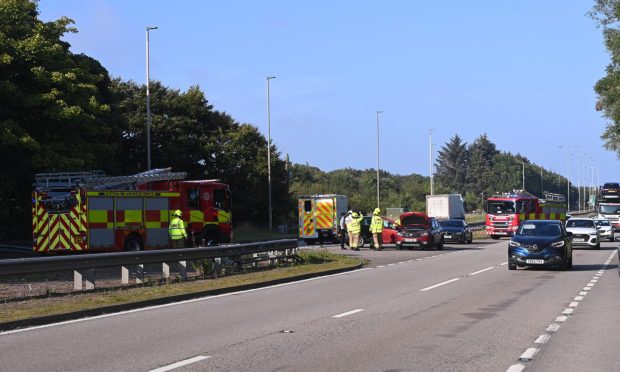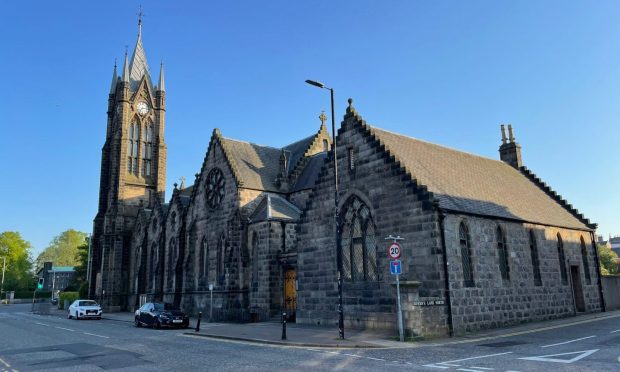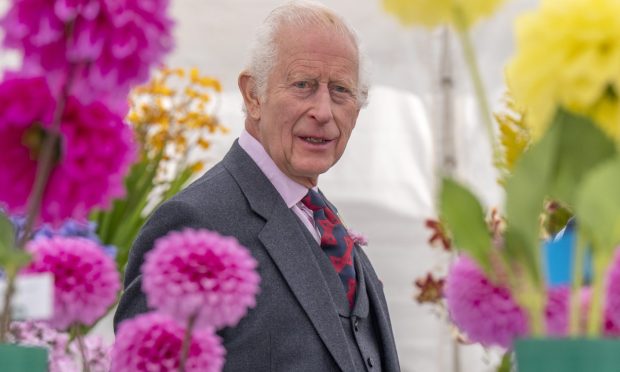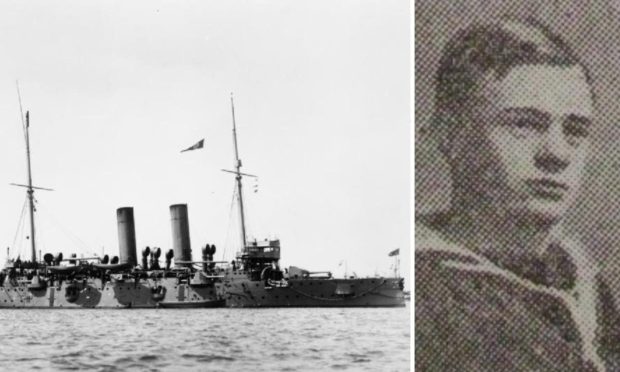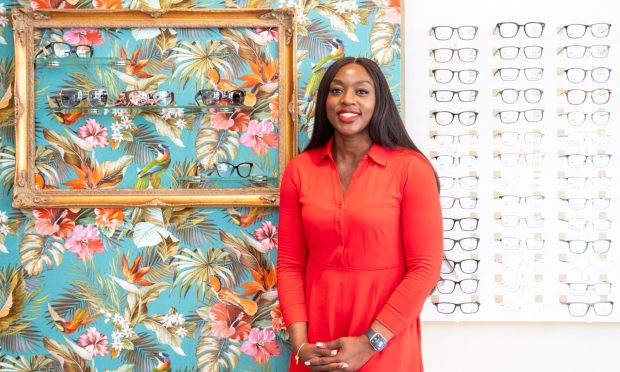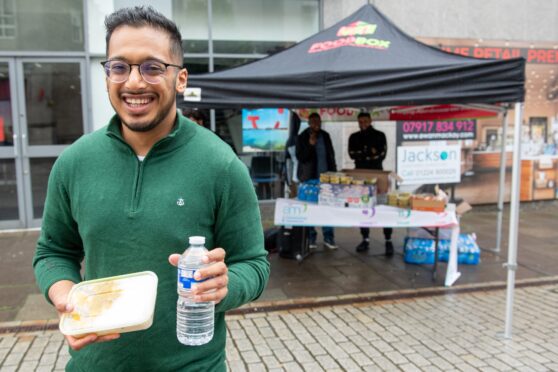A series of events will be held in Cruden Bay to mark the 125th anniversary of Dracula.
Bram Stoker’s gothic novel was partly written during his time in the Aberdeenshire village and was first published on May 26, 1897.
Cruden Bay has been chosen as a location for the celebrations by Dacre Stoker, the author’s great-grandnephew, who will return to the village for the occasion.
He will give a talk on the connections between the novel and the village with local author Mike Shepherd 0n Wednesday, May 25, at the Port Errol Public Hall, with all ticket proceeds going towards the Port Errol Heritage Group.
On the evening of the anniversary, Mr Stoker will unveil an information board detailing the localities associated with Bram Stoker. It will later be installed on the wall at the Kilmarnock Arms Hotel.
The Irish author’s ancestor has also organised a tour of Cruden Bay and the surrounding areas in partnership with Experience Transylvania, which is anticipated to be the first of many regular Dracula-related tours.
He will then travel to other UK locations associated with the novel, including Whitby and London.
Inspired by the north-east
The Dracula author’s son, Noel Stoker, told a biographer that the early chapters were written while the family was staying at the Kilmarnock Arms Hotel. He is known to have returned to Aberdeenshire in 1896 to complete the novel, and also toured Banff and Gardenstown that summer.
His wife, Florence Stoker, is believed to have told a reporter that he would “march up and down” the beach at Cruden Bay thinking about the novel – with Slains Castle providing the perfect “creepy castle” backdrop.
The cliff-top ruins are now famously associated with Dracula and the floorplan of Castle Dracula is thought to be inspired by Slains Castle, particularly its octagonal hall.
In another nod to the north-east, the Doric line “I wouldn’t fash masel'” features in the sixth chapter of the novel.
